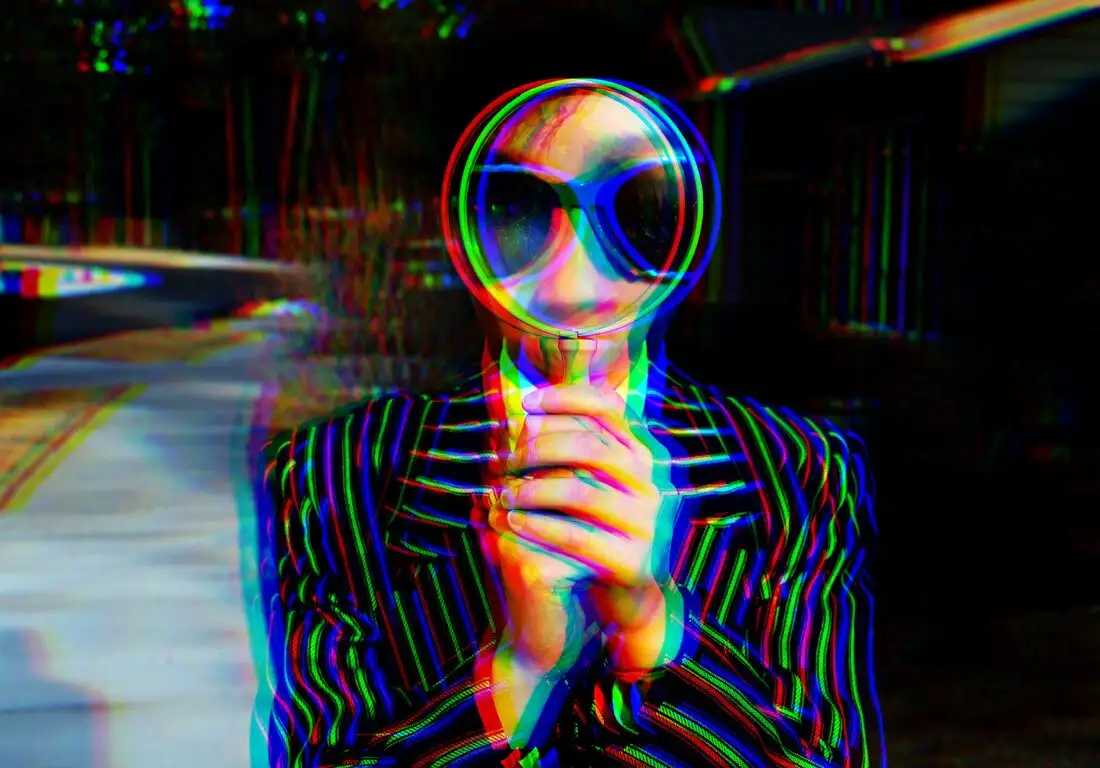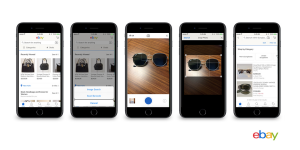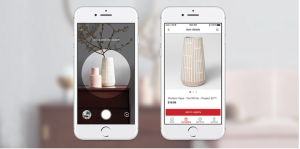Snap and Buy, Instant gratification With Visual Search.

(unsplash.com)
Though visual search may not be a new buzzword, this technology does make the shopping experience smarter. Changing consumer behavior has propelled the use of visual search into a more engaging experience with products. E-commerce and modern retail are encouraging innovative ways to make it easier for customers to find products with ease.
Social media giants such as Google and Pinterest have been the first to explore this territory. And it’s been explored in various categories from mass products to luxury items.
There is a compelling case for visual search, and here are some stats from various sources.
- 62% of millennials want this over any other new technology. (Visenze)
- 55% of consumers say Visual Search is instrumental in developing their style and taste. (Pinterest)
- The Global Visual Search Market is estimated to surpass $14,727m by 2023 growing at 9% CAGR during the forecast period 2018–2023. (Report Consultant)
- 20% of app users make use of visual searching when the feature is available. (GlobalData)
Why is Visual Search gaining momentum?
It’s a no-brainer. As humans, we process images 60,000X faster than text.
Customers tend to look for products with images instead of the keywords commonly used in search engines.
Shoppers can take a photo of what they want to buy and upload it to a search engine that uses visuals (Pinterest Lens or Google Images) and explore similar images of products before making a purchase.
Visual search is spontaneous, playful, and impulsive.
According to research conducted by The Intent Lab, a research partnership between Performics and Northwestern University –
- Visual information is preferred over text by at least 50%of respondents in all categories except for electronics, household goods, and wine and spirits.
- 59% think visual information is more important than textual information across categories versus 41% who think textual information is more important.
- When shopping online for clothing or furniture, more than 85%of respondents respectively put more importance on visual information than text information
Main players in Visual Search
Google’s goal is to turn your smartphone into a visual search engine. If you take a picture, Google will tell you what the object is, along with the relevant entities. For example, if you point your smartphone at a restaurant and your friends have already visited it, Google will tell you its name and also highlight the restaurant reviews.
Google Lens is used over 8 billion times per month. (Google, 2022)
All in all, Google Lens can
- Identify and share real-time information on stores, restaurants, objects, food items, animals, buildings, landmarks, plants, etc. It assists in the discovery of brands and products
- Transcribe images and auto-translate text
- Add events to your calendar from a hoarding, poster, or point-of-purchase material

Launched in 2009, Bing’s image search has been around for some time.
As a Microsoft user, you can experience Bing’s visual search capabilities from wherever you are – whether you’re browsing a website, or social media, or sifting through photos saved to a computer that runs on Windows.

Amazon’s Rekognition platform offers a suite of image recognition tools. The API (Application Programming Interface) is offered to companies that provide their customers with a better experience through visual search.
Pinterest Lens allows users to search with their smartphone camera, take photos offline, and find pins on Pinterest. Visual search has become increasingly popular in recent years and has led to a 100% annual increase in users of Pinterest Lens recording up to 600 million visual searches per month.
Brands Leveraging Visual Search
Now let us take a look at how some brands are using visual search to their advantage –
Argos
U.K. catalog retailer Argos introduced its visual search tool that allowed users to find an elaborate range of furniture and homeware products across price points. Users can take a photo of an item or upload a saved image of an item to the Argos app. The technology identifies attributes such as color and shape and presents the user with similar items available at Argos.
Target has been one of the first movers in implementing visual search to induce buying from their stores. Target integrated Pinterest Lens into its mobile app. Customers can take a photo of any product and the app will pull similar items. Customers can buy from the entire range that’s available with Target.
With eBay’s Image Search, a user can take a photo or e an existing camera roll image and place it on the eBay Search bar. The app sifts through products available with eBay and populates the screen with a listing of similar ones.

Forever 21’s approach to visual search is to explore how customers feel through a simple product discovery experience.
Forever 21 has combined visual search with targeted artificial intelligence (AI) where customers can search by attributes (dress size, style, color, etc.). According to industry sources, Forever 21 witnessed an uplift in Sales as a result of high conversions with this new technology.
What you should do to make your image search effective
Visual Search will only evolve from here. And the basics of SEO remain pertinent. So here are some suggestions –
Nomenclature of images
File names are important for search engines to determine the relevance of the content. Always use a clear naming convention for your file. Say if you have an image of a brown bag, name the file ‘Classic_brown_bag.png’.
Image size matters
Optimize the size of the images on your website and mobile app. Reduce the size of large files as much as possible without damaging the quality of images. This will also improve the load time of web pages.
SEO
Introduce an image site map to your website to help search engines find your images.
Also, add schema markup for your images to your website. It describes the content and what users can action with this content. Update images with Alt text with concise and clear descriptions. E.g., the image with a bag can be captioned as ‘the classical brown bag matches western fashionwear’.
Conclusion: What is the future of Visual search?
The future of search is a combination of text, voice, and visuals. It is vital that site owners and marketers also plan the future of search, as Google and other platforms push the boundaries of what is and what is search.
As technologies such as augmented reality, and mixed reality become mainstream, users expect to engage with sites that offer these hygiene features.





